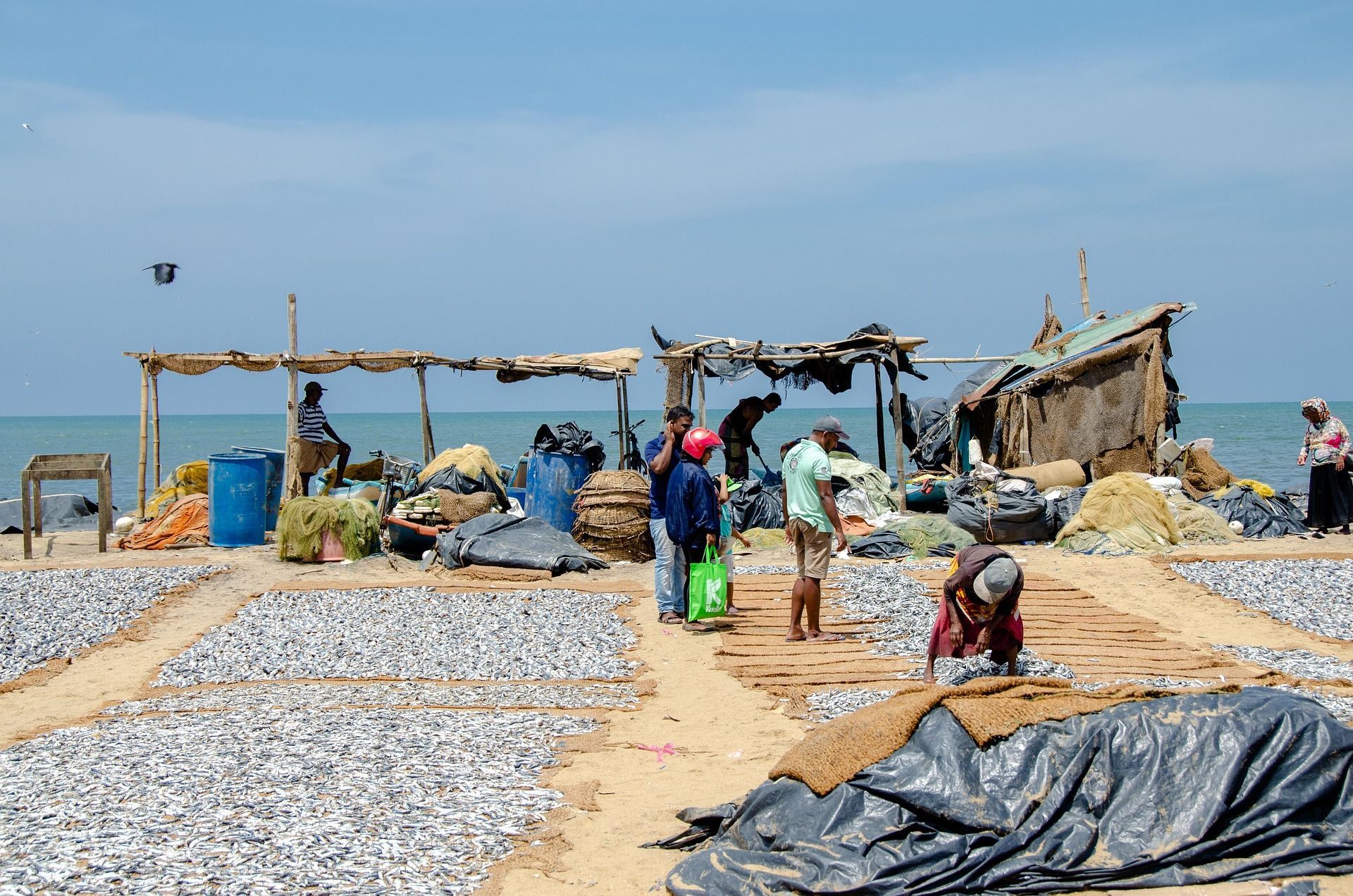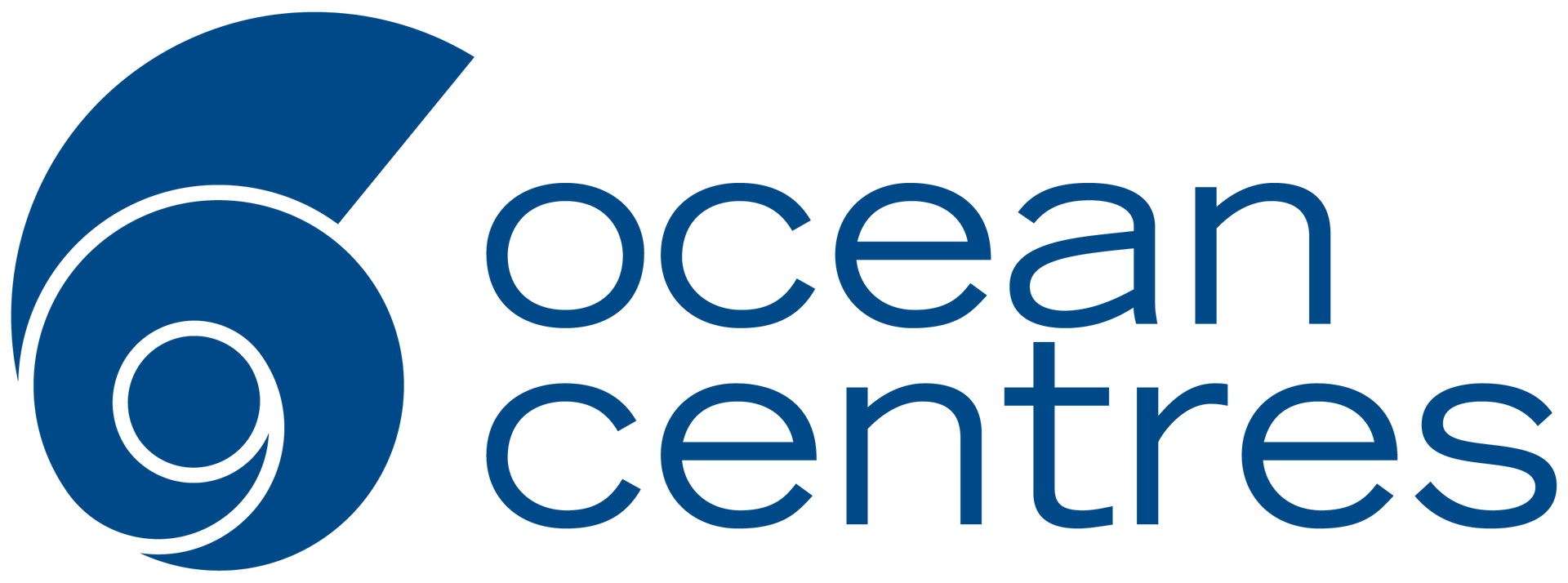
general information
Estimate Nominal GDP
2023): $ 108.00 billion
Estimate GDP from the Ocean Economy
(2022) 2.5% of total GDP
General Coastline
536 km
Estimate Population
(2025): 57, 532.493
Registered In-Country Companies
approximately 144.500
UN Global Compact Participants by April 2025
245

overview
Kenya offers a promising environment for advancing a sustainable ocean economy, supported by strong government backing for maritime education, new blue economy policies, and direct endorsement of the Ocean Centres Project – reflecting high-level political commitment. Key challenges include weak regulation, poor infrastructure, and fragmented governance. Still, opportunities exist to strengthen fisheries, expand the state-owned shipping line, and improve safety standards. The Scoping Phase also revealed strong community interest and innovation potential. The initiative aims to enhance safety, data-driven decision-making, and capacity-building, positioning Kenya as a regional leader in inclusive ocean governance and climate-resilient blue economy development.
Advancing a Safe and Sustainable Ocean Economy in kenya
The Scoping Phase aimed to map stakeholders, assess local network capacity, and identify key safety challenges and opportunities to support the development of a safe and sustainable ocean economy in Kenya.
Major challenges include weak enforcement of maritime regulations, limited safety infrastructure, and low stakeholder awareness of sustainable practices. These are compounded by insufficient investment in blue economy initiatives, coastal pollution, climate change impacts, outdated infrastructure, fragmented coordination, and lack of reliable data.

Despite these constraints, Kenya holds strong potential. Government backing for maritime education, newly proposed blue economy policies, and growing coastal innovation signal a positive trajectory. Opportunities lie in strengthening sustainable fisheries, marine tourism, regional trade, and renewable ocean energy. Public-private partnerships, improved safety regulations, and targeted infrastructure investments are seen as critical enablers.
The Scoping Phase also uncovered key insights: significant regulatory gaps, limited private sector engagement, and scarce data on marine hazards. At the same time, strong interest from local communities in ocean stewardship and waste innovation highlighted the need for deeper collaboration, better integration of traditional knowledge, and greater investment in training and capacity-building.
The priorities of kenya’s Ocean Centres across the four Action Areas are ranked as follows:
1
Shipping &
Ports
2
Fishing & Aquaculture
3
Finance &
Investment
4
Offshore
Renewables
Nationally, the initiative is expected to strengthen maritime safety regulations, foster collaboration, and attract investment in sustainable ocean industries. It will also enhance port operations, build capacity, and advance blue economy growth through data-driven decision-making.
We believe that, at a global level, the Ocean Centres initiative will strengthen food security, port efficiency, clean energy development, and biodiversity protection. As hubs for sustainable ocean stewardship, they will drive long-term economic and environmental benefits through collaboration, innovation, and investment.
OCEAN CENTRES, KENYA
local guidances
Shipping & Ports
Fishing & Aquaculture
Offshore Renewables
Finance & Investment
local news
List of Services
-
Kenya to host 11th Our Ocean Conference in 2026 KenyaKenya to host 11th Our Ocean Conference in 2026
-
Mapping China’s Strategic Port Development in Africa - by Paul Nantulya KenyaMapping China’s Strategic Port Development in Africa - by Paul Nantulya
-
Dirty containers raise alarm at Kenyan ports - By Patrick Beja KenyaDirty containers raise alarm at Kenyan ports - By Patrick Beja
-
Ports begin screening for mpox KenyaPorts begin screening for mpox
-
Uganda struggles to explain origin of extra diesel cargo in Mombasa KenyaUganda struggles to explain origin of extra diesel cargo in Mombasa
-
Green Voyage 2050 - Kenya Charts a Course for Green Shipping Leadership KenyaGreen Voyage 2050 - Kenya Charts a Course for Green Shipping Leadership
local Events
List of Services
-
International Conference on Urban Freight Transportation and Distribution (ICUFTD) KenyaInternational Conference on Urban Freight Transportation and Distribution (ICUFTD)
-
World Maritime Day KenyaWorld Maritime Day
-
Air Cargo and Transport Logistics Africa KenyaAir Cargo and Transport Logistics Africa
-
11th edition of Our Ocean Conference in 2026 Kenya11th edition of Our Ocean Conference in 2026




